Aug 25th 2022 - Monica Cunanan
Different Types of Sushi You Need to Try!
It's not a secret that many people love sushi. However, if you're unfamiliar with the terms used by sushi chefs, you may not fully appreciate the descriptions they use for their dishes. This guide will help you understand some common sushi terminology and recipes so you can be prepared for your next visit to a sushi bar or restaurant.
Different types of Sushi
There are many types of sushi available but listed below are the ones that are common in Japan, and you'll most likely see these in the menu of your favorite sushi restaurant.
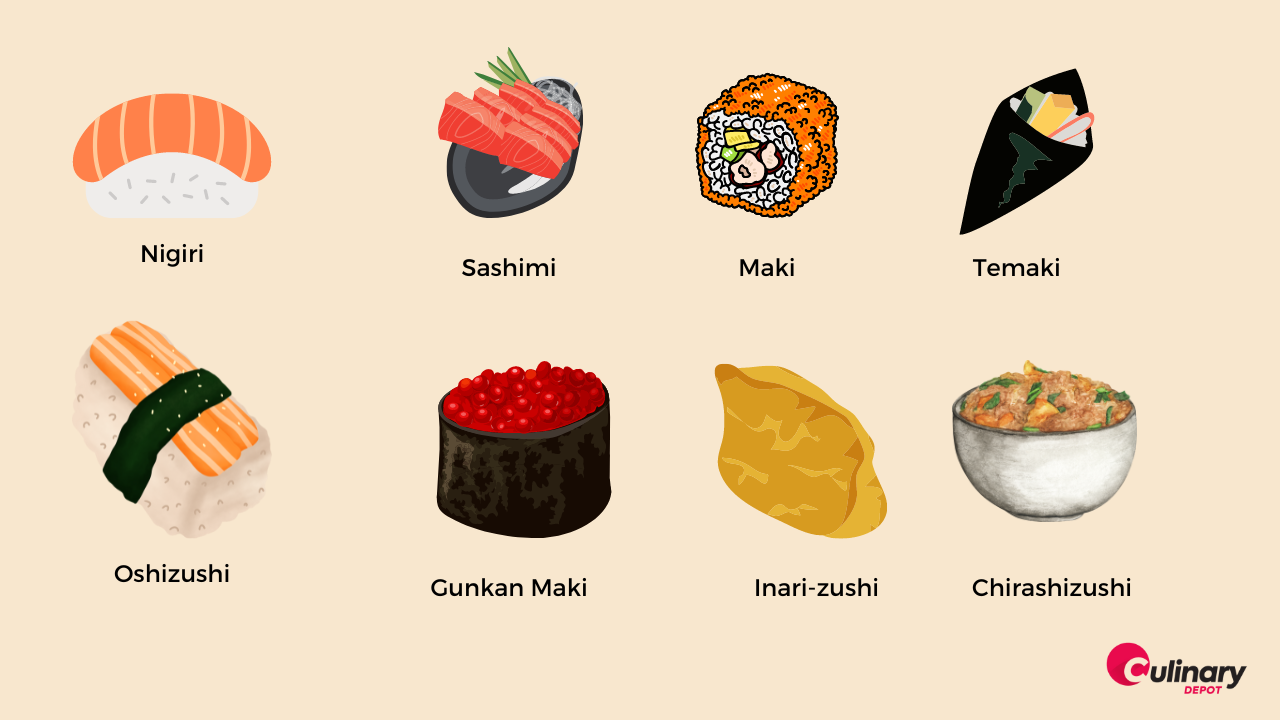
- Nigiri
- Sashimi
- Maki
- Uramaki (Makizushi)
- Temaki
- Oshizushi
- Narezushi
- Gunkan Maki
- Inari-zushi
- Chirashizushi
Nigiri
Aka 'edo-mae' (meaning 'in front of Edo', former name of Tokyo)
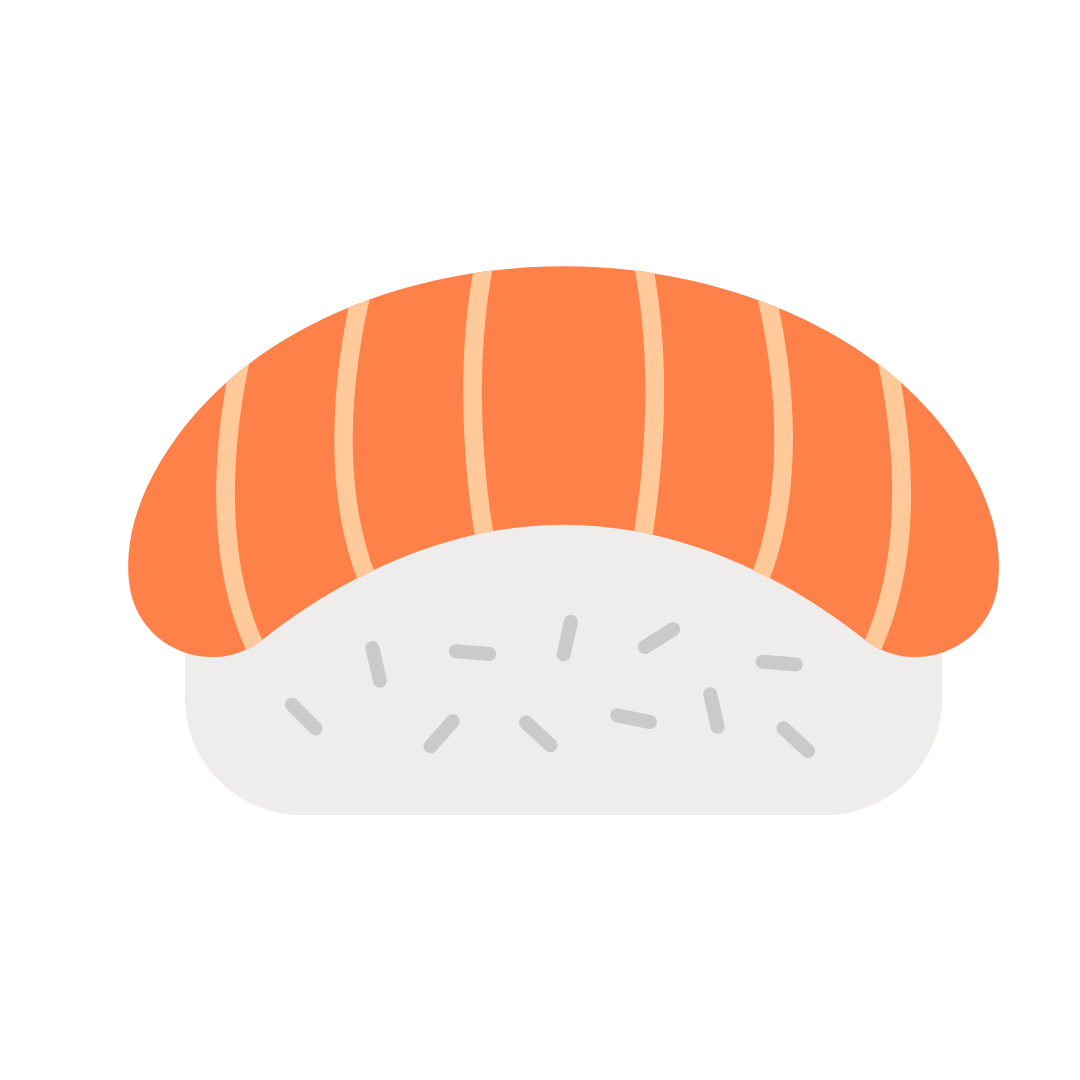
Nigiri is a form of Japanese cuisine we are familiar with. It is made with a hand-pressed rice cylinder called 'shari', topped with ingredients of your choice, 'neta'. Sushi was first thought up as a way to serve fast meals to people working in the Edo region of Japan back in the 1800s. It is usually topped with seafood, vegetables, meat, omelet, pickled fish, or tofu. You could add some simple coatings of marinades and garnishes such as chopped spring onions, sliced onion, or chives.
Makizushi
Aka 'norimaki'
It is made with rice and ingredients that are carefully rolled in a sheet of nori seaweed, which is then cut into smaller pieces. Makizushi (Japanese rice cake) is thought to have been created in the early 1700s, shortly after sheets of nori were invented with a similar technique as paper making. The name norimaki is made up of two Japanese words: 'Maki' meaning to roll and 'nori' referring to the toasted sheet of nori seaweed used to wrap the ingredients.
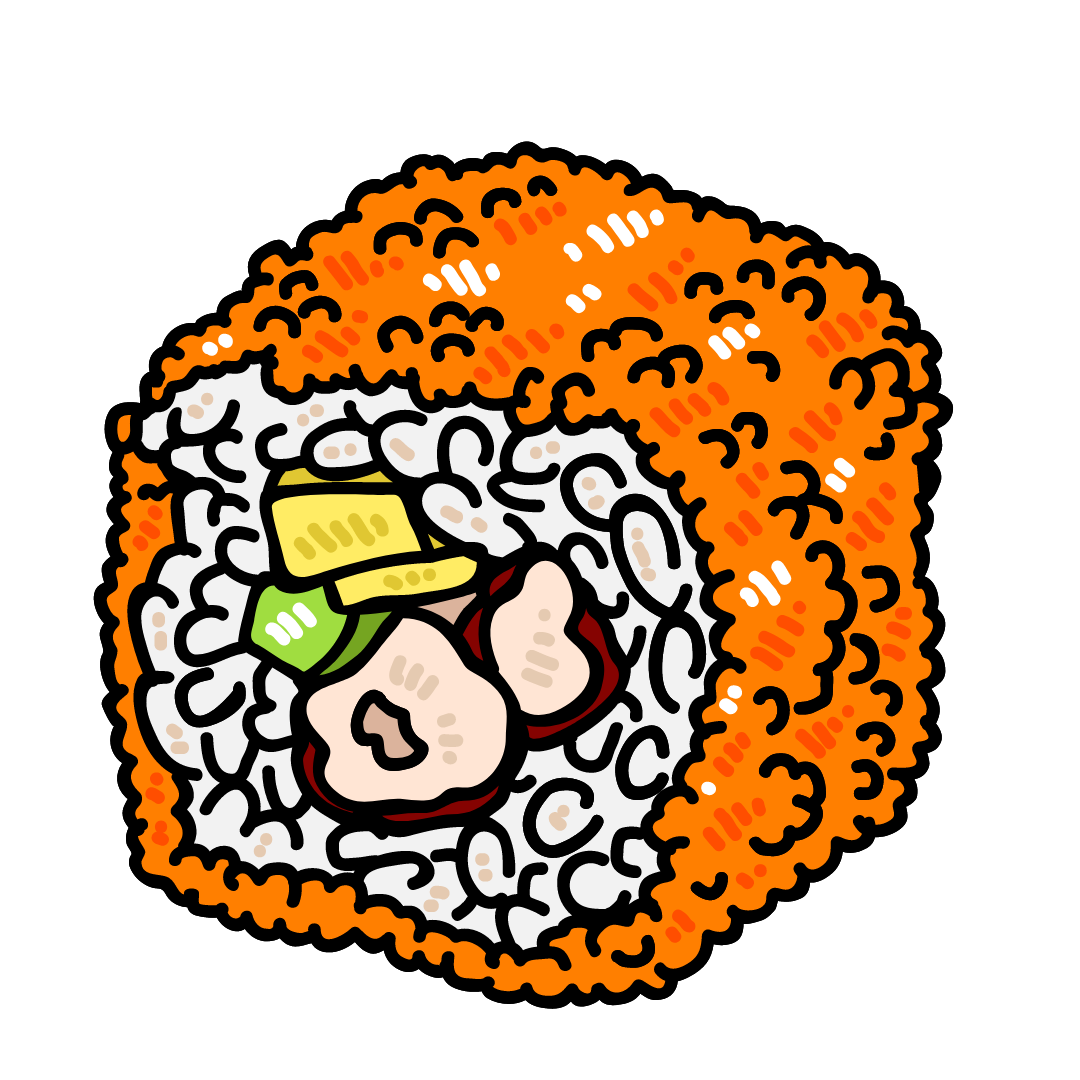
A long, thin roll is usually made from just one ingredient like a piece of raw fish, cucumbers, or hosomaki.
Types of Makizushi:
- Futomaki: The name came from the word 'futo' meaning fat. This is a thicker variety of makizushi and it has a combination of complimentary ingredients. Unlike in foreign countries, futomaki is not commonly seen in sushi restaurants, but can often be found in bento box stores and groceries.
- Uramaki: It is often called 'inside-out sushi' in English, is a modern version of makizushi believed to have been invented in California in the 1960s. First, layer the rice onto the bamboo mat, then place the nori sheet on the rice, followed by the remaining fillings, before wrapping up into a roll. It's usually served with sesame seeds, which sticks well to the outside of the sushi roll. It is often topped with tobiko fish eggs for extra crunch.
Temaki

Temaki is a Japanese dish made from rice wrapped in a cone shape. Rice and other foods are placed inside a cone made from seaweed (nori) and then rolled up tightly. It's easy to make at home, and it's popular at bars and cafes.
The popular type of fillings include:
- Umeshiso'a paste: This is made of fresh shiso leaf and umeboshi (pickled plum), negitoro, squid (natto is optional), and omelet that is usually sweetened.
Narezushi
Before the advent of refrigeration, fermentation was widely used to keep foods fresh for long periods of time. The perfect example of this technique is when the Japanese narezushi'a dish of fish was preserved for several months to several years in salt and rice. This technique dates back to the Nara period (710'794).
Narezushi is often considered the original form of sushi because the rice was originally thrown away before eating. As time went by, the fermenting period became shorter so that people could eat the sushi with the fish, which eventually led to more modern forms of sushi.
Narezushi has become less popular today because of its extremely pungent scent. However, funazushis of the Shiga Prefectural city remain popular, which are made using the nigorobuna fishes from nearby Lake Biwa. Since it usually takes five years to ferment, funazushi is considered a regional delicacy and is valued highly.
Gunkan Maki
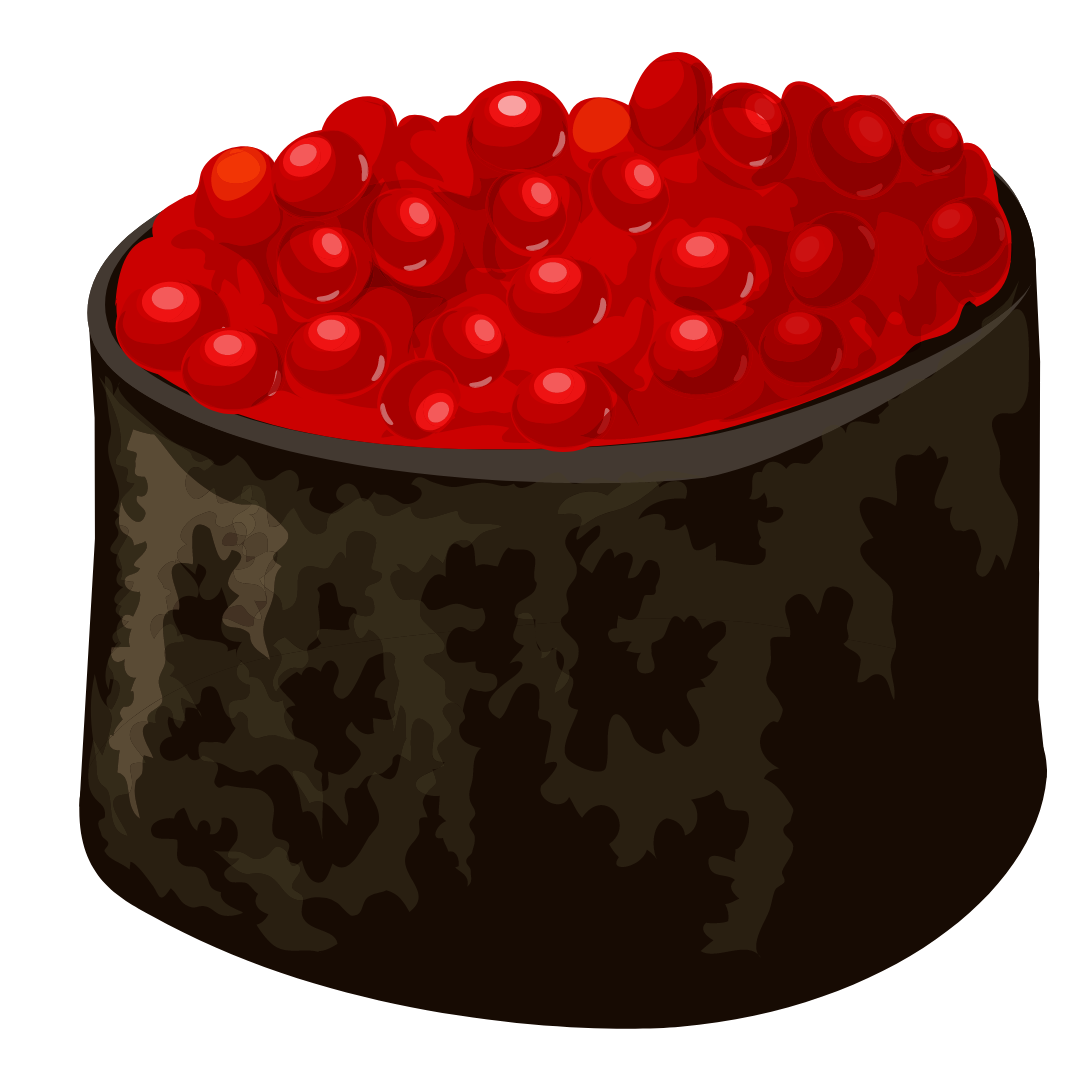
This type of maki' is usually rolled or wrapped and it was invented in a Ginza sushi restaurant back in the 1940s. It's made by rolling up a piece of seaweed and filling it with various toppings. 'Gunkan Maki' translates as "ship" or "warship" sushi and comes from its resemblance to a small boat. Popular toppings for gunkan maki include uni sea urchin, squid, salmon roe, negitoro (a blend of fatty tuna belly and green onion), potato salad, and kanimiso (blended crab brains). Gunkan maki are often found both in a takeout bento boxes and at sushi restaurants.
Inari-zushi

It's quite different from the other types of sushi discussed here, because it doesn't contain any seafood and has a rather sweet taste. Inari is a pouch-like piece of aburaage that are deep fried pieces of tofu that have been seasoned with mirin, salt, sugar, and dashi.
Inari-zushi was named after the Japanese deity Inari, who is known for his fondness for tofu. A seasoned inari pouch is usually filled with vinegared rice to make a sweet, slightly sour snack. It can also be stuffed with rice mixed with other fillings, or rice served with various toppings like mushrooms, squid, cooked prawns, chopped scallions, or an omelet.
Chirashizushi
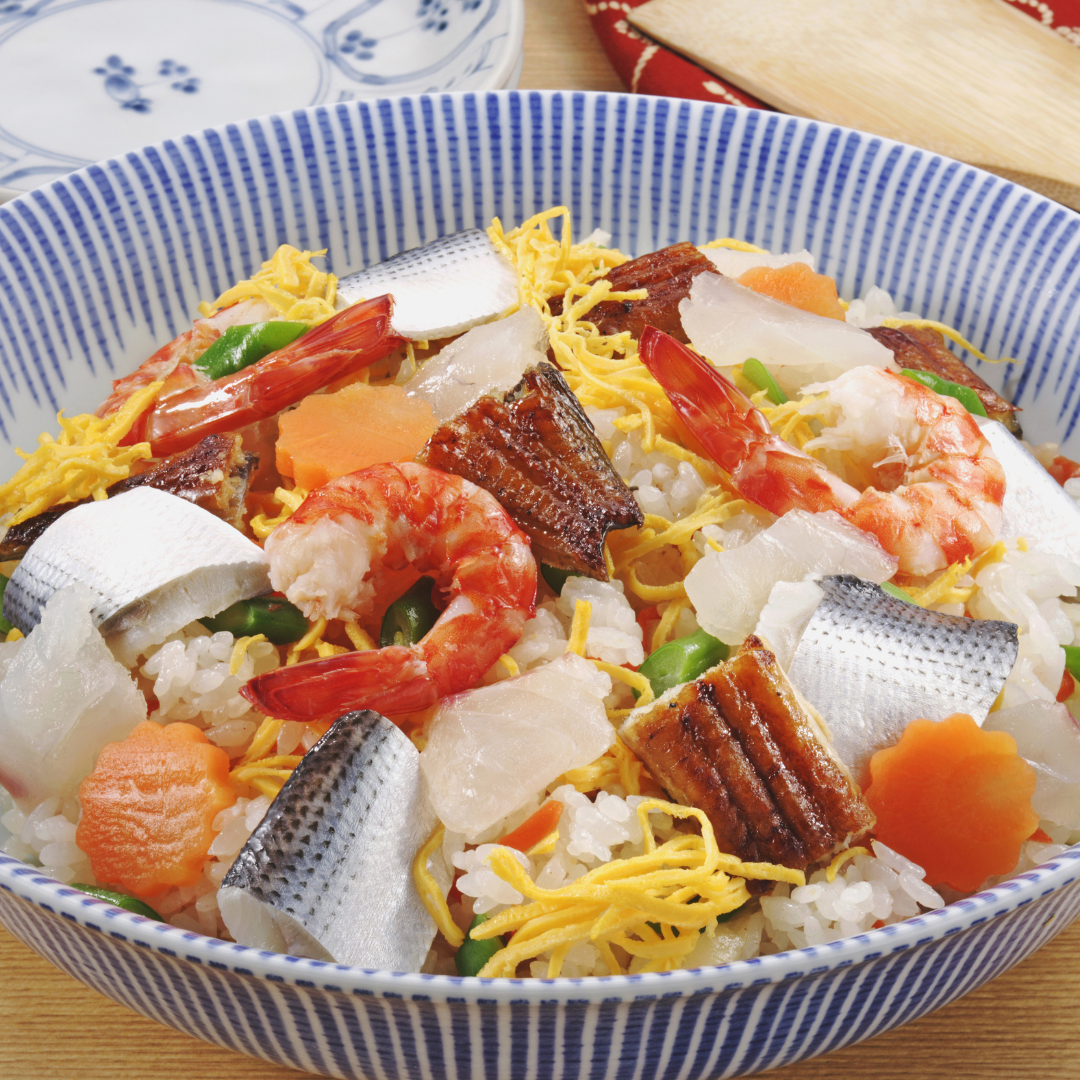
'Chirashizushi' translates to 'scattered sushi.' This dish consists of rice served atop various toppings. Popular toppings include pieces of salmon, squid (tako), cucumbers, shredded omelets, and boiled prawns. It bears similarities to a kaisendon, a Japanese rice bowl topped with seafood, but chirashizushi uses vinegared sushi rice instead of plain steamed white rice. It is widely available throughout Japan because it's sold at most convenient stores, supermarket chains, and department store food courts there. It's often included in bentos, or enjoyed as a standalone meal, because of its wide variety of ingredients It has a beautiful, jeweled appearance which makes it popular for serving at special events.
Considering Opening a Sushi Bar/ Restaurant?
If you plan to serve this healthy, convenient, and popular dish, you might want to consider investing in good restaurant types of equipment. Here at Culinary Depot, we help you decide which equipment or dishware is suitable. Get in touch with us today!

